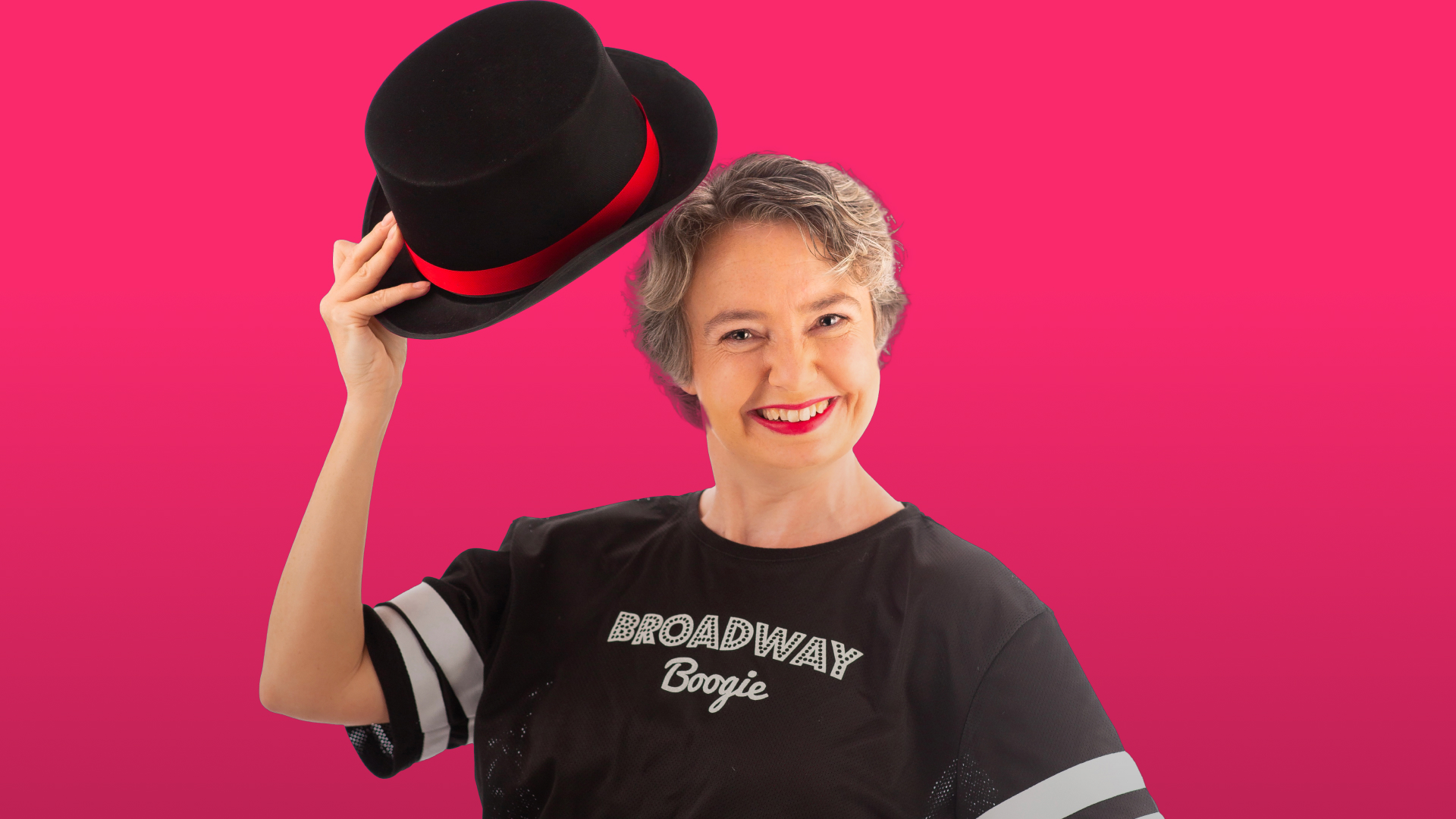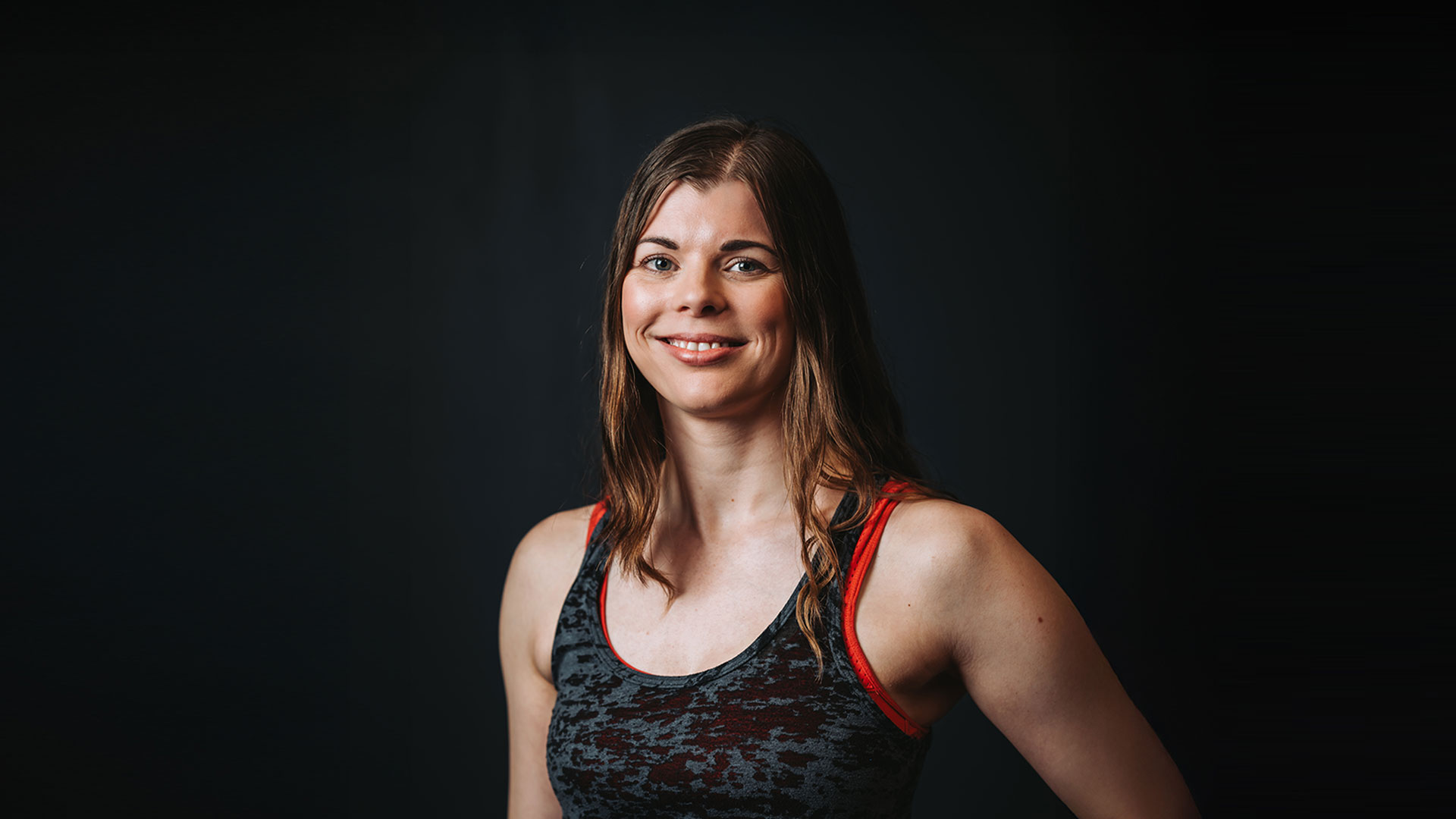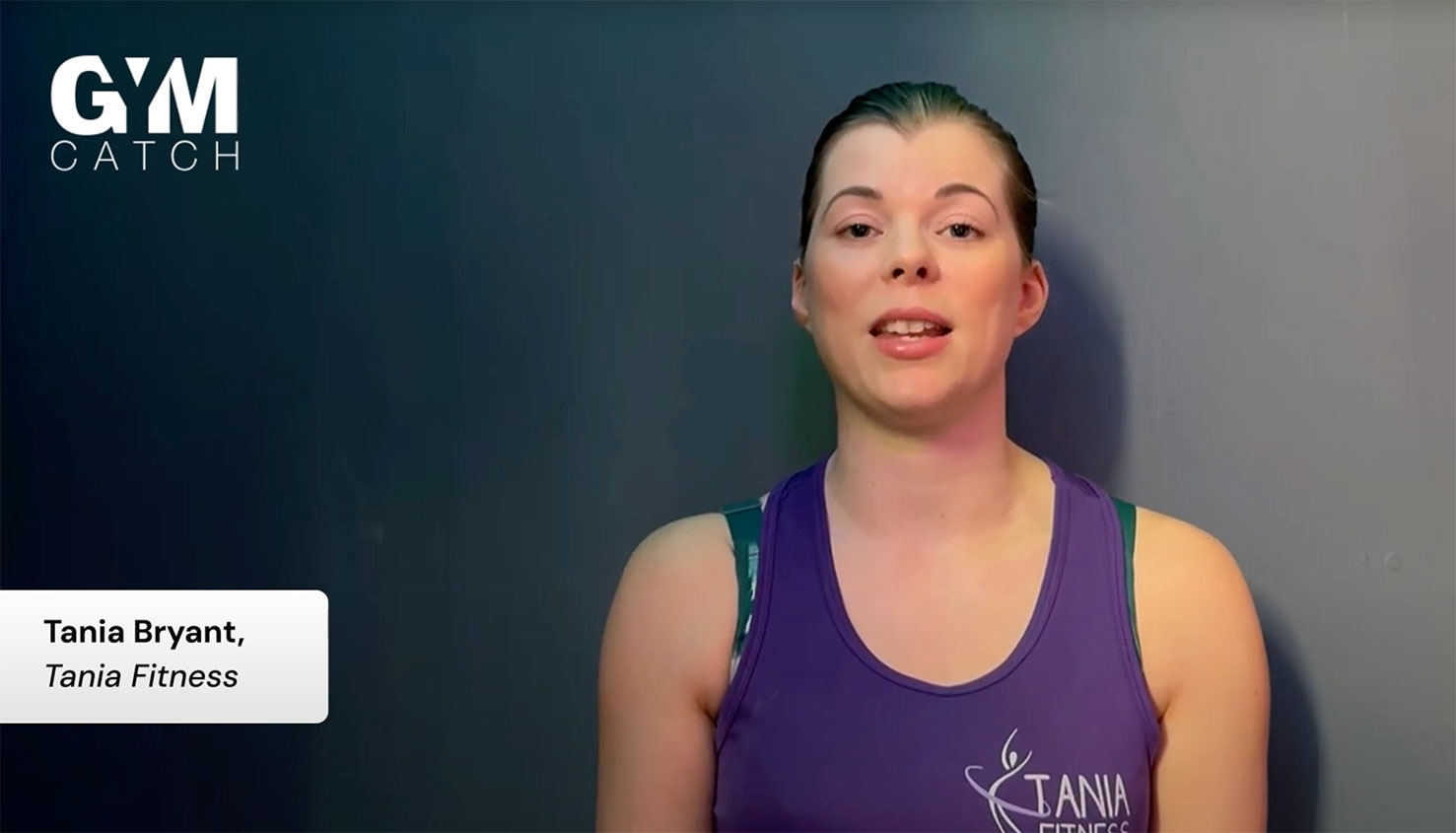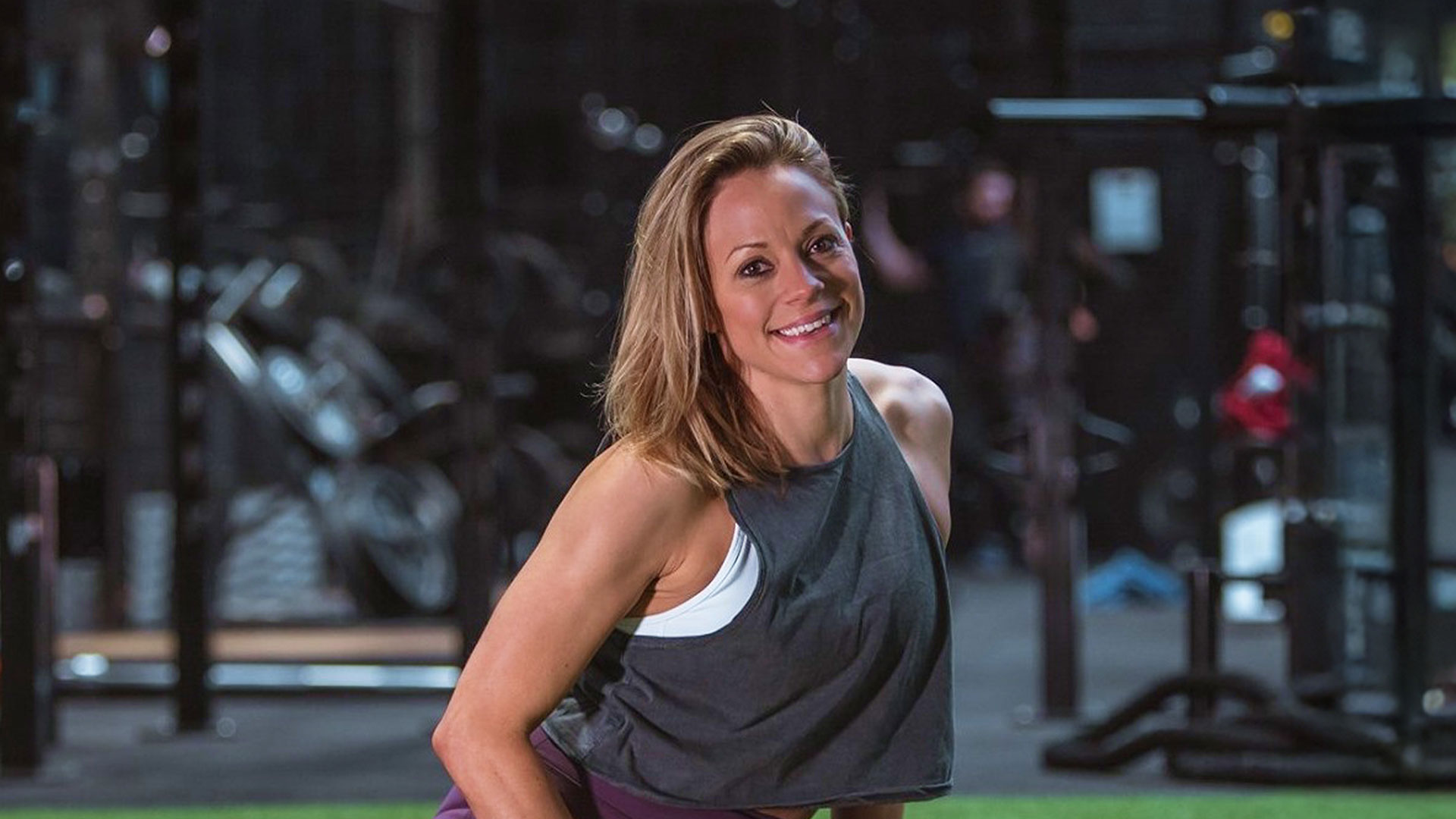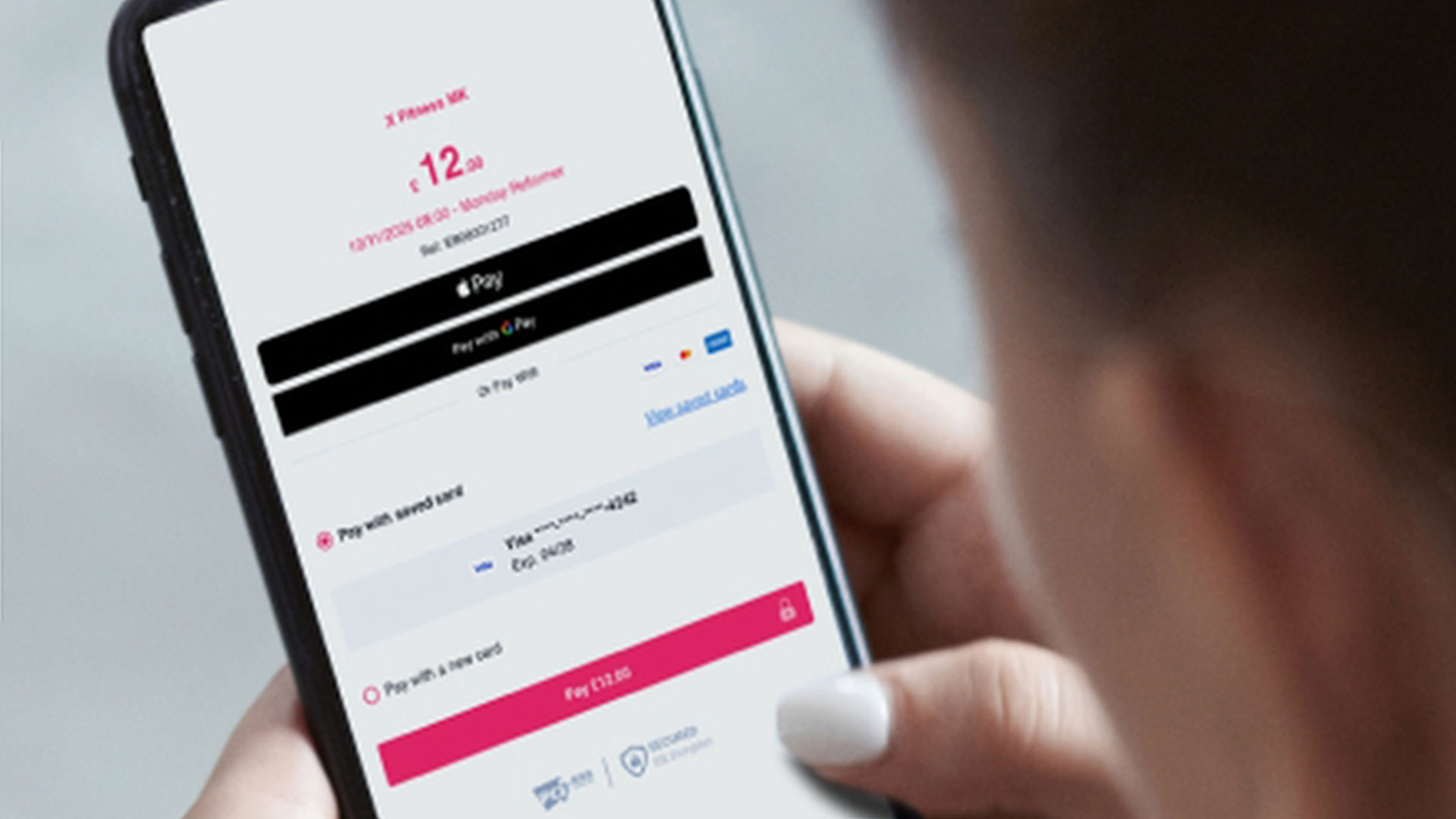
We’re excited to announce that our new payment processing option is now up and running for our UK customers: GymcatchPay, powered by Unipaas.
Driven by the desire to help you lower customer transaction fees and speed payments to your bank, GymcatchPay offers an unrivalled set of business benefits:
- Standard card transaction fees of just 1.3% +15p
- Special launch offer: 0.9% + 15p standard card transaction fees until 31st March 2026. (Offer closes 1st January 2026 – please see full terms in your Gymcatch portal.)
- Payments to your bank within 3 calendar days
- Centralised payment management through our new dashboard
- Dedicated payment support if you need us
- Supports debit/credit cards, plus Apple Pay & Google Pay
It’s always been crucial to Gymcatch that our customers can get paid quickly and effortlessly, and that is at the heart of GymcatchPay.
Our CEO and founder Ollie Bailey explains more in his recent interview with Shiran Katz on the UniPod by Unipaas podcast.
How does GymcatchPay compare to other payment processing options?Ollie: “At 1.3% and 15p per standard card transaction, we provide a significant saving. It’s 0.2% and 5p less per transaction than the industry benchmark and far lower than many. This was a real focus for us as it will help reduce monthly costs for all our customers – both large and small.
We know that many of our customers have a very high number of transactions that get processed each month because they do a lot of pay-as-you-go classes, class packs and courses. It’s not all on a recurring membership, direct debit model. Card fees quickly add up each month and GymcatchPay’s low fees mean there are potential savings waiting to be made on each and every one of those transactions – for many of our customers it could save more than the cost of our software each month.”
Are other payment processing options still available with Gymcatch?Ollie: “Yes, absolutely – we continue to support Stripe and GoCardless. But we’ve recognised the payments market has matured and that we could offer an equally effective solution but more cost effectively.
GymcatchPay offers the assurance of technology and delivery that our customers need and expect, but at a price that is more amenable to them.”
How easy is it to manage payments through GymcatchPay?Ollie: “The embedded dashboard in the Gymcatch portal enables our customers to do all of their payment management in one place. There’s no need to log into a standalone processor account. And it’s all ready and waiting for you – there’s no need to build anything yourself and no worrying about platform integration issues.”
Why did you choose to partner with Unipaas?Ollie: “The payment processor has to be trustworthy. We had to be confident that any partner could deliver everything we needed, not only from day one but also going forward – whether that’s expanding our geographic coverage or introducing new features. It’s essential we can grow together and we’ve found the ideal partner in Unipaas.”
———————
With thanks to Shiran Katz and the UniPod team, and all at Unipaas: https://www.unipaas.com
New to Gymcatch? Book a free demo to see how we can support your business: https://gymcatch.com/business/bookademo/
Follow us for more Gymcatch updates and business insights:
Facebook https://www.facebook.
And sign up for our newsletter: https://gymcatch.

